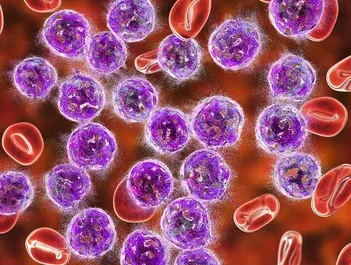The intricacy of the human genome lies in its approximately 3 billion base pairs, with humans sharing a 99.6% identical genetic makeup. The remaining 0.4% harbors the unique differences between individuals, and specific combinations of mutations in these base pairs hold vital information regarding the origins of complex health conditions, such as heart disease and neurodegenerative disorders like schizophrenia.
Current methods for modeling or correcting mutations in living cells are inadequate, particularly when dealing with multiplexing—the simultaneous installation of multiple point mutations across the genome. Researchers from the University of California San Diego have devised innovative genome editing tools called multiplexed orthogonal base editors (MOBEs) to tackle this challenge.
Assistant Professor of Chemistry and Biochemistry Alexis Komor’s lab spearheaded this research, which was published in Nature Biotechnology. The team focused on comparing genomes that differ by a single nucleotide—the building blocks of DNA, known as bases. These bases include C (cytosine), T (thymine), G (guanine), and A (adenosine). For instance, one person might have a C base while another has a T base at a specific location. These differences are referred to as single nucleotide variants (SNVs) or single point mutations. An individual may carry 4-5 million variants, some of which are harmless, while others are detrimental. In many cases, it is the combination of variants that contributes to disease.
One hurdle in utilizing the genome for disease modeling is the vast array of potential variations. If scientists aim to pinpoint the genetic mutations responsible for heart disease, they could analyze the genomes of a group of individuals diagnosed with the condition. However, the multitude of variations between any two people complicates the process of determining which combination of variations leads to the Disease.
Quinn T. Cowan, a recent Ph.D. graduate from the university’s Department of Chemistry and Biochemistry and the first author on the paper, explained, “The issue is interpreting genetic variants. In fact, most variants that are identified are unclassified clinically, so we don’t even know if they’re pathogenic or benign.”
The team’s objective was to create a tool that could be employed in disease modeling by introducing multiple variants in a controlled laboratory setting for further investigation.
*Note:
1. Source: Coherent Market Insights, Public sources, Desk research
2. We have leveraged AI tools to mine information and compile it



